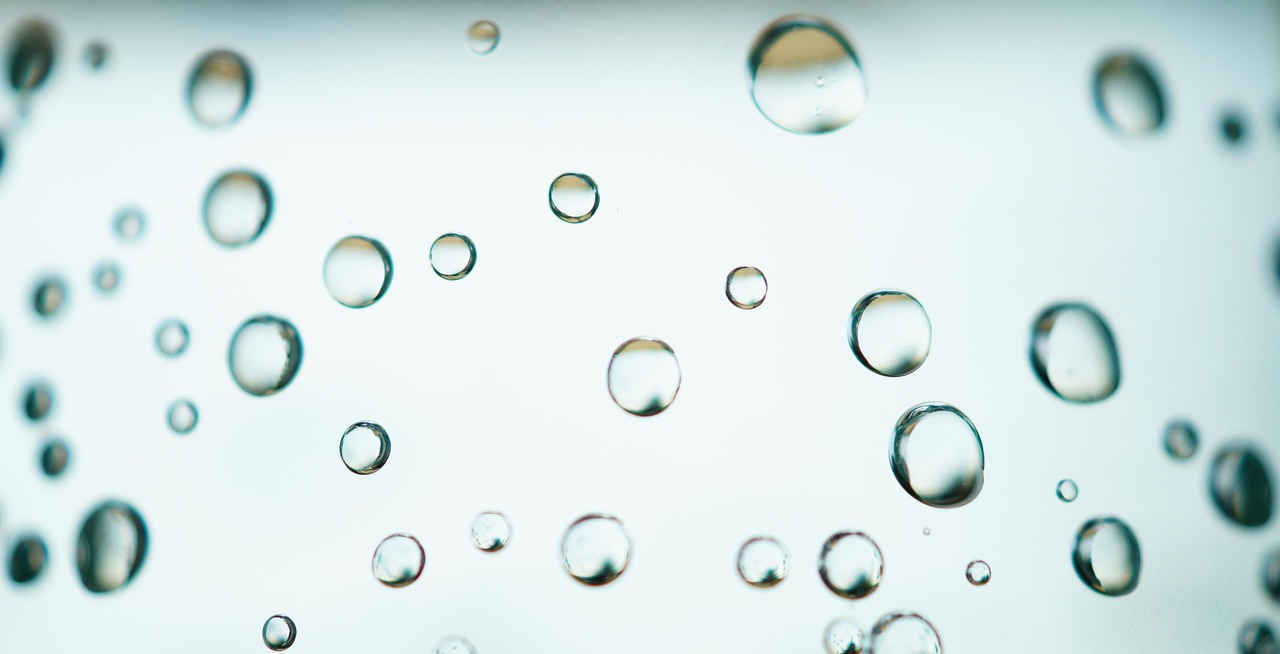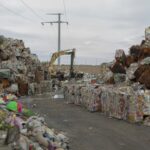Water Shortage and Great Basin Water explained
Why don’t more people offer Great Basin Water?
The Challenges of Water Scarcity in the Great Basin: A Q&A
Q: How is climate change affecting the water cycle in the Great Basin?
A: Climate change is disrupting the water cycle in the Great Basin, leading to:
- Less rain and snow: The region is experiencing longer droughts, with reduced rainfall and snowfall. This directly impacts the water supply.
- Receding groundwater aquifers: The water levels in aquifers, which are underground lakes and rivers, are falling. This threatens the supply of water for drinking, irrigation, and industry.
Q: Where does most of the Great Basin’s water come from?
A: The majority of the Great Basin’s water comes from snowmelt in the mountains.
Q: How are scientists and organizations working to address the water shortage crisis?
A: Many groups are working on solutions, including:
- Water conservation practices: People are being encouraged to use less water through measures like taking shorter showers, fixing leaky faucets, and watering lawns less often.
- Exploring alternative water sources: Researchers are investigating ways to utilize rainwater harvesting and other techniques to supplement the dwindling water supply.
Q: What are the long-term implications of declining water levels in the Great Basin?
A: The continuing decline in water levels poses a significant threat to the region’s ecosystem and economy. This could lead to:
- Reduced agricultural productivity: Farmers may struggle to irrigate crops, impacting food production.
- Decreased biodiversity: Shrinking water sources could harm wildlife and plant life.
- Social and economic challenges: Water shortages could lead to conflicts over resources and affect population growth and economic development.
Q: What can individuals do to help address the water scarcity problem in the Great Basin?
A: Everyone can contribute to water conservation efforts by:
- Adopting water-saving practices at home.
- Supporting organizations working on water conservation and management.
- Educating others about the importance of sustainable water use.
The Great Basin: A Thirsty Land
TL;DR: The Great Basin is facing a major water shortage due to climate change. This is causing problems for farms, shrinking underground water sources, and forcing people to use less water. Scientists and organizations are working to find solutions, including saving water, using new watering methods, and changing how we use water.
A Watery Journey in the Great Basin
Imagine a giant bowl, surrounded by mountains. This is the Great Basin, a region in the western United States. It’s a land of deserts and dry valleys, where water is precious. Like a giant, slow-moving machine, the water cycle keeps the Great Basin alive.
Where Does the Water Come From?
- Rain and Snow: Most of the water in the Great Basin comes from snow that melts in the mountains. Some water also comes from rain.
- Groundwater: The water that soaks into the ground, forming underground lakes and rivers called aquifers, is vital for the region.
How Water Moves
- Rivers and Streams: Melting snow flows into rivers and streams. Some of this water flows into the Great Salt Lake and other lakes.
- Evaporation: The sun heats the water, causing it to evaporate and turn into vapor. This vapor rises into the air.
- Condensation: The vapor in the air cools, condenses back into liquid water, and forms clouds.
- Precipitation: The water in clouds falls back to the ground as rain or snow, completing the cycle.
The Challenges of Water Scarcity
Climate change is disrupting the water cycle in the Great Basin, causing:
- Less Rain and Snow: The region is experiencing longer droughts, with less rain and snowfall. This means there’s less water flowing into rivers, lakes, and aquifers.
- Higher Temperatures: Warmer temperatures cause more water to evaporate from the land and lakes. This makes the water shortage worse.
- Decreasing Groundwater Levels: People are using more groundwater than is being replaced by rain and snow. This is causing the water levels in aquifers to drop.
The Impact of Water Scarcity
- Reduced Farm Yields: Farmers are struggling to grow crops because of the lack of water. This is hurting the economy and the food supply.
- Receding Groundwater Aquifers: The water levels in aquifers are falling, threatening the supply of water for drinking, irrigation, and industry.
- Water Restrictions: Many cities and towns are having to put limits on how much water people can use. This can be inconvenient, but it’s necessary to conserve water.
Finding Solutions
Scientists, government agencies, and organizations are working on solutions to address the water shortage crisis in the Great Basin:
- Water Conservation Practices: People are being encouraged to use less water, such as taking shorter showers, fixing leaky faucets, and watering lawns less often.
- Innovative Irrigation Techniques: Farmers are using new watering methods, like drip irrigation, to use water more efficiently.
- Policy Measures: Government agencies are developing policies to protect water resources and ensure a sustainable future for the region.
A Collaborative Effort
One important initiative is the Active Climate Rescue Initiative https://climate-rescue.org/, which is working to address the Great Basin water crisis. Their efforts include:
- Researching and implementing innovative solutions for water conservation and management.
- Educating communities about the importance of water conservation and sustainable practices.
- Advocating for policies that support water security and climate resilience.
Working Together for a Sustainable Future
The Great Basin is a beautiful and unique region, but it’s facing a serious challenge. By working together, communities, organizations, and government agencies can find solutions to address the water shortage crisis and ensure a sustainable future for this thirsty land.
More on Water Shortage…
- ## SEO Keywords related to Water Shortage and/or Great Basin Water:
- General Water Shortage Keywords:
- water shortage
- drought
- water scarcity
- water crisis
- water conservation
- water management
- water security
- water supply
- water demand
- water stress
- water rationing
- water restrictions
- water footprint
- climate change and water
- sustainable water use
- water efficiency
- Great Basin Water Specific Keywords:
- Great Basin water
- Great Basin drought
- Great Basin water resources
- Great Basin water management
- Great Basin water conservation
- Great Basin water scarcity
- Great Basin water levels
- Great Basin groundwater
- Great Basin aquifers
- Great Basin water policy
- Great Basin water rights
- Great Basin water use
- Great Basin water future
- Great Basin water challenges
- Great Basin water solutions
- Long-Tail Keywords (combining general and specific):
- Great Basin water shortage solutions
- water conservation tips for the Great Basin
- impact of drought on the Great Basin water supply
- water management strategies for the Great Basin
- sustainable water use in the Great Basin
- future of water in the Great Basin
- Great Basin water crisis
- Great Basin water rationing
- Great Basin water restrictions
- Great Basin water footprint
- climate change and water scarcity in the Great Basin
- Location-Specific Keywords (include specific states or regions):
- water shortage in Nevada
- drought in Utah
- water scarcity in California
- Great Basin water resources in Nevada
- water management in Utah
- water conservation in Arizona
- water restrictions in Colorado
- water levels in Lake Mead
- Other Relevant Keywords:
- water desalination
- water recycling
- water reuse
- water infrastructure
- water technology
- water education
- water awareness
- water advocacy
- water policy
- water legislation
- water funding
- water grants
- Additional Tip:
- Use a keyword research tool to refine your list and uncover additional relevant keywords with high search volume.




